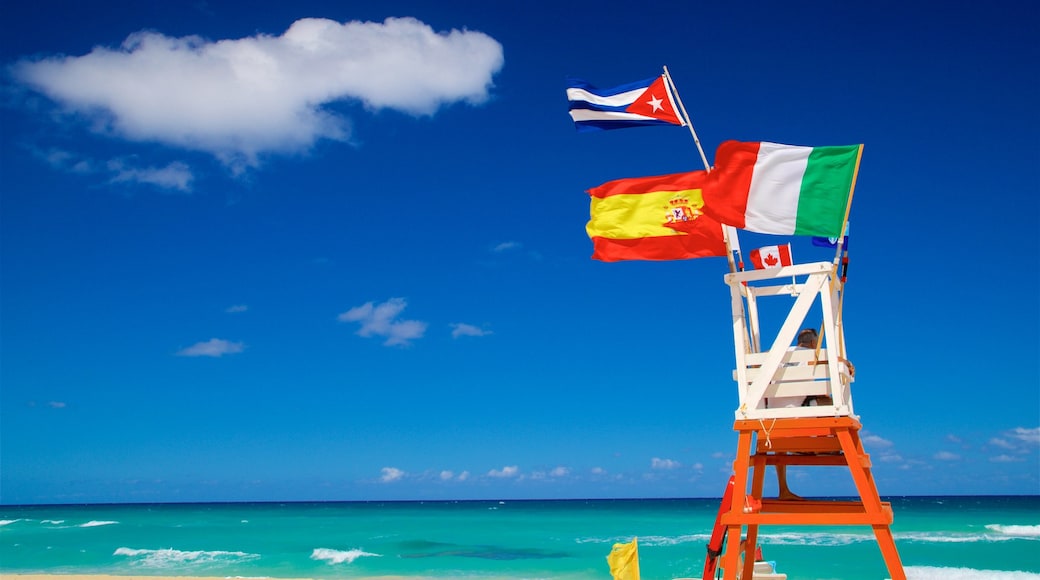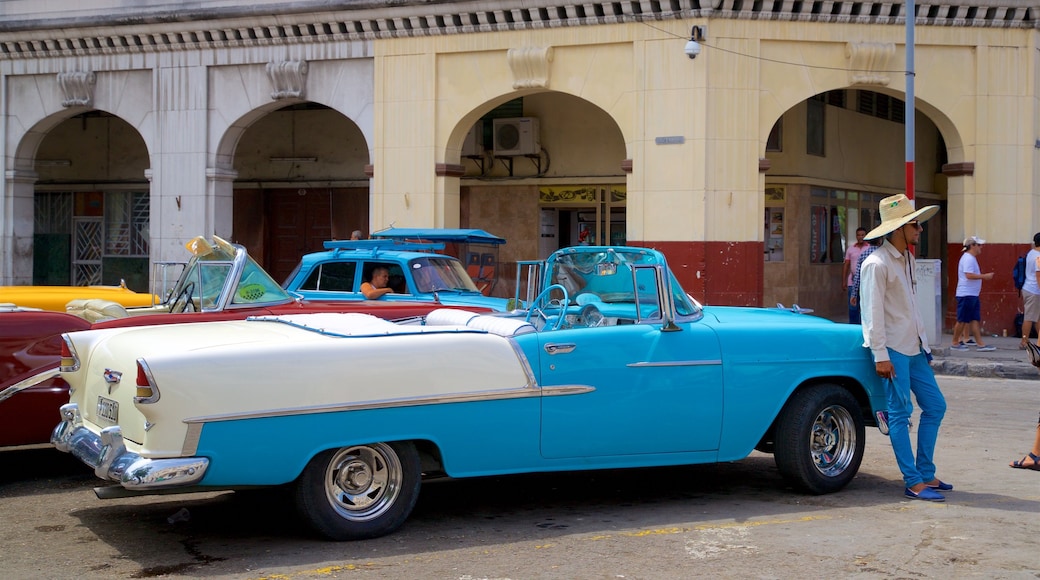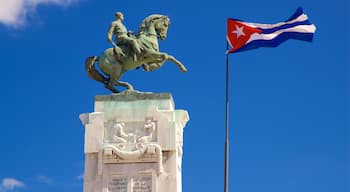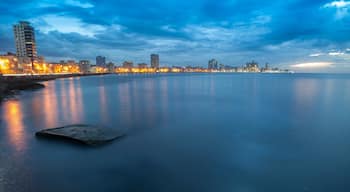For more than 50 years, Havana has been virtually closed to visits from U.S. citizens. Take advantage of the increasing access to Cuba to visit this fascinating city and see its preserved history, unique traditions and developing sophistication.
Begin an exploration of Old Havana with a ride in a vintage car or horse-drawn carriage. Admire historic landmarks built in the early 1900s. See El Capitolio, which served as the government center until Cuba’s revolution in the late 1950s. Its large dome may remind you of the U.S. Capitol.
Walk to the National Museum of Fine Arts, an impressive building completed in 1953, with collections focused on Cuban art from the 17th century to modern times. A five-minute stroll north is the Museum of the Revolution. Spend enough time here to understand the reasons that Fidel and Raúl Castro and Che Guevara led guerrillas in overthrowing the Batista presidency, as well as the aftermath of revolutionary actions.
Head toward the inner waterfront along Havana Port and the Canal de Entrada. See the large Baroque cathedral made from coral at the Plaza de la Catedral. Listen to music as you have lunch at a café near Old Square. Enjoy empanadas, seafood or traditional Cuban beans and rice. Return for an evening cocktail. Daiquiris, mojitos and other drinks made from local rum are particularly tasty in this tropical setting. Finish with an authentic Cuban cigar or traditional flan.
La Fábrica de Arte Cubano, offering eclectic art, music, food and drinks in a converted cooking oil factory, is a popular spot for visitors and locals. Bordering the bay, Malecón features a lively promenade with beautiful ocean views. Come here to watch a sunset or join a youthful crowd celebrating through the night.
Havana lies at the northern point of the island of Cuba. Book your stay well in advance as hotel rooms fill fast. Be sure you comply with current travel restrictions when you arrange a flight to Havana’s international airport.















